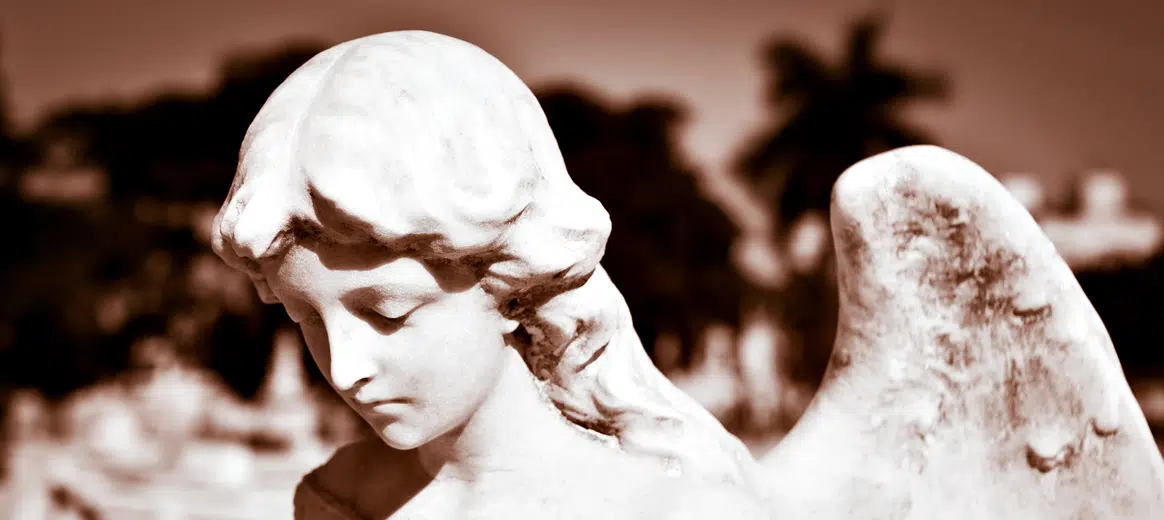St. René Goupil
Feast day: Oct. 19
There are two reasons why St. René Goupil is the patron of anesthesiologists: first, because he had been a student of medicine in France, and second, in tribute to the terrible sufferings he endured at the hands of the Mohawk Indians.
St. René Goupil gave up a successful surgical practice to join the Society of Jesus in Paris, but his partial deafness made him an unsuitable candidate, so the Jesuit superiors dismissed him from the seminary. It was a tremendous disappointment, but René found a way around it. He offered himself as a donné, a lay assistant, to the Jesuit missionaries in Canada. Like a Jesuit priest or lay brother, he would be bound by obedience to the Jesuit superior, he would remain celibate, and he would receive no salary for his work.
For two years René worked in the hospital in Quebec, treating French settlers and members of the various tribes of the Algonquin nation who were friendly to the French. Then, in July 1642, René met St. Isaac Jogues, a Jesuit priest who was recruiting volunteers to work with him among the Hurons. When Goupil offered his services, Father Jogues accepted him at once – anyone with medical training was always welcome in the wilderness.
On Aug. 1,1642, Jogues, René and about 20 Christian Hurons climbed into their canoes and set out for the mission. Less than 24 hours later they were ambushed and captured by a war party of 70 Mohawks. It was the beginning of a gruesome ordeal for the two Frenchmen and their Huron companions.
The Mohawks tore out all of Goupil’s fingernails, crushed his fingers with their teeth, repeatedly made him run the gauntlet where his face was so battered that he became unrecognizable. Father Jogues looked at René and thought of the lines from the prophet Isaiah regarding the Suffering Servant, “He had no form or comeliness that we should look at him, and no beauty that we should desire him. He was despised and rejected by men; a man of sorrows, and acquainted with grief; and as one from whom men hide their faces he was despised, and we esteemed him not” (Is 53: 2-3).
With their future uncertain, René asked Father Jogues to accept his vows as a Jesuit lay brother. Father Jogues agreed, and very quietly, when the Mohawks’ attention was elsewhere, René recited the vows that made him a member of the Society of Jesus.
The Mohawks burned at the stake almost all of the Christian Hurons they captured, but René and Father Jogues they dragged from village to village, torturing them in each one. One night Goupil was staked out on the ground so Mohawk children could drop hot coals on his naked body.
The weeks of agony came to end at last when the two Jesuits were given as slaves to the chief of the Mohawk village of Ossernenon, near modern-day Auriesville, New York. The two Frenchmen had been there only a few days when Goupil made the mistake of teaching a 4-year-old boy how to make the sign of the cross. Thinking the sign invoked evil spirits, the child’s uncle grabbed his tomahawk and split Goupil’s skull. St. René Goupil became the first Jesuit to suffer martyrdom in Canada. After his escape from the Mohawks, St. Isaac Jogues praised St. René as “an angel of innocence.”
Craughwell is the author of Saints Preserved: An Encyclopedia of Relics (Image Books, 2011) and Saints Behaving Badly (Doubleday, 2006).



Christ commands us to love